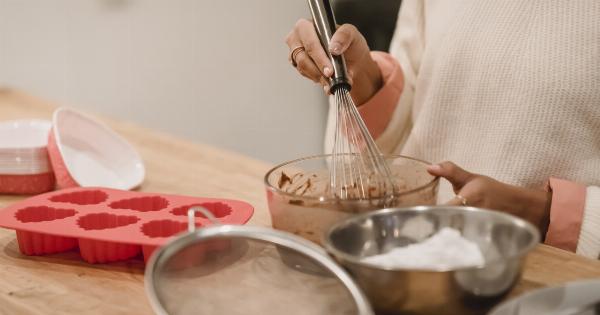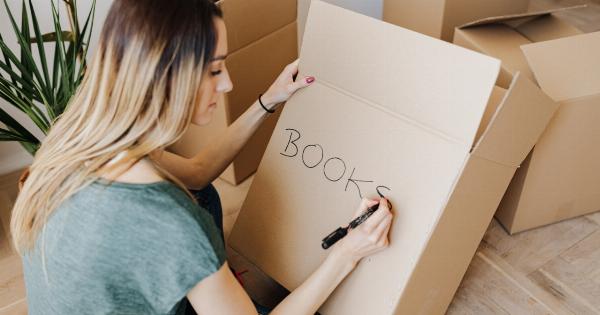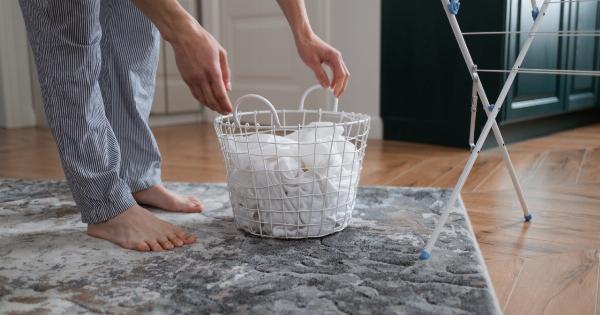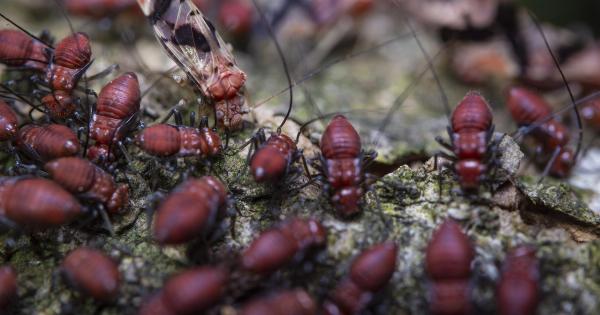Mold growth is a common household problem and can become a serious concern if not treated promptly. Mold thrives in moist environments and can cause severe health problems, including respiratory issues, allergies, and skin irritation.
Unfortunately, it can be challenging to identify the presence of mold until it becomes a significant problem. In this article, we explore the signs and symptoms of mold growth and offer tips on how to prevent it from thriving in your home.
What is Mold?
Mold is a type of fungus that thrives in damp environments. It usually appears as black or green spots, although it can also be white, brown, or yellow.
Mold spores are typically invisible to the naked eye and travel through the air, making it easy for them to spread quickly. Mold can grow on a variety of surfaces, including walls, floors, carpets, furniture, and even clothing.
Signs of Mold Growth
The most common sign of mold growth is a musty odor. If you notice a damp, earthy smell in your home, it could be a sign that mold is present. Other signs of mold growth include:.
- Discolored walls or ceilings
- Peeling wallpaper or paint
- Water stains on walls or ceilings
- Cracked or warped walls or floors
- Moldy or musty smelling carpets or furniture
- Allergic reactions such as sneezing, coughing, or itchy eyes
Health Risks of Mold
Mold can pose serious health risks, especially to those with respiratory conditions like asthma. Exposure to mold can cause coughing, wheezing, and shortness of breath. It can also trigger allergic reactions, including skin irritation and eye irritation.
In some cases, prolonged exposure to mold can lead to more severe conditions, such as fungal infections and lung damage.
Preventing Mold Growth
The best way to prevent mold growth is to keep your home dry and well-ventilated. Here are a few tips:.
- Fix any leaks or moisture issues promptly
- Use a dehumidifier in damp areas like basements and bathrooms
- Ensure proper ventilation in the kitchen and bathroom
- Clean and dry any spills or flooding within 24-48 hours
- Regularly clean and dust your home to prevent mold spores from settling
Removing Mold
If you do have mold in your home, it’s important to treat it promptly to prevent it from spreading. Small areas of mold can usually be cleaned with a mixture of water and bleach, but larger areas may require professional intervention.
It’s essential to note that cleaning up mold can be dangerous, as it releases spores into the air. Be sure to wear protective gloves, clothing, and a mask when cleaning up mold, and limit your exposure as much as possible.
Conclusion
Mold growth can be a serious problem for homeowners, potentially causing health issues and structural damage to your home. If you suspect that you may have mold growth, it’s important to take action promptly.
Keep your home dry and well-ventilated, and clean up any spills or moisture quickly. If you do have mold in your home, be sure to protect yourself and seek professional intervention if necessary.




























